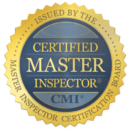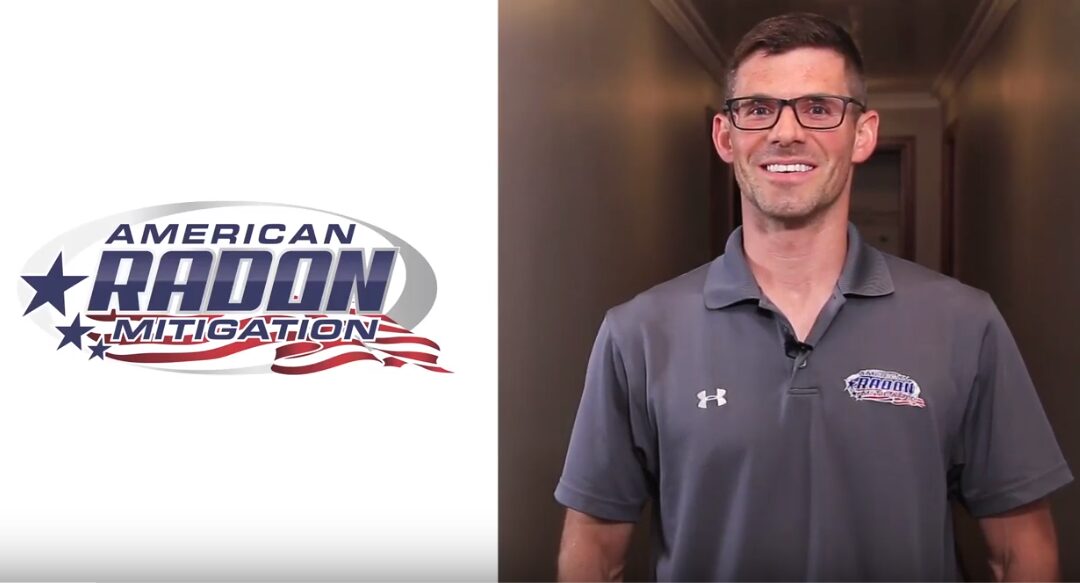Radon mitigation is any process used to reduce radon gas concentrations in the breathing zones of occupied buildings, or radon from water supplies. Radon is a significant contributor to environmental radioactivity. Mitigation of radon in the air is accomplished through ventilation, either collected below a concrete floor slab or a membrane on the ground or by increasing the air changes per hour in the building. Treatment systems using aeration or activated charcoal are available to remove radon from domestic water supplies. Because high levels of radon have been found in every state of the United States, testing for radon and installing radon mitigation systems has become a specialized industry since the 1980s. Many states have implemented programs that affect home buying and awareness in the real estate community, however, radon testing and mitigation systems are not generally mandatory unless specified by a local jurisdiction.
According to the EPA’s “A Citizen’s Guide to Radon, the method to reduce radon “primarily used is a vent pipe system and fan, which pulls radon from beneath the house and vents it to the outside”, which is also called sub-slab depressurization, soil suction, or active soil depressurization. Generally, indoor radon can be mitigated by sub-slab depressurization and exhausting such radon-laden air to the outdoors, away from windows and other building openings. EPA generally recommends methods that prevent the entry of radon. Soil suction, for example, prevents radon from entering your home by drawing the radon from entering your home and venting it through a pipe, or pipes, to the air above the home where it is quickly diluted and EPA does not recommend the use of sealing alone to reduce radon because, by itself, sealing has not been shown to lower radon levels significantly or consistently according to the EPA’s “Consumer’s Guide to Radon Reduction: How to fix your home.
Ventilation systems can utilize a heat exchanger or energy recovery ventilator to recover part of the energy otherwise lost in the process of exchanging air with the outside. For crawl spaces, the EPA states, An effective method to reduce radon levels in crawlspace homes involves covering the earth floor with a high-density plastic sheet. A vent pipe and fan are used to draw the radon from under the sheet and vent it to the outdoors. This form of soil suction is called sub-membrane suction, and when properly applied is the most effective way to reduce radon levels in crawlspace homes.”
An In-Depth Look at Radon Mitigation Video
- The most common approach is the active soil depressurization(ASD). Experience has shown that ASD is applicable to most buildings since radon usually enters from the soil and rock underneath and mechanical ventilation (MV) is used when the indoor radon is emitted from the building materials. A less common approach works efficiently by reducing air pressures within cavities of exterior and demising walls where radon emitting from building materials, most often concrete blocks collect.
- In hot, humid climates heat recovery ventilators (HRV), as well as energy recovery ventilators (ERV), have a record of increasing indoor relative humidity and dehumidification demands on air conditioning systems. Mold problems have originated in homes that have been radon mitigated with HRV and ERVs have an excellent record in heating climates.
- A recent technology is based on building science. It includes a variable rate mechanical ventilation system that prevents indoor relative humidity from rising above the present level such as 50% which is currently suggested by the US Environmental Protection Agency and others as an upper limit for the prevention of mold. It has proven to be especially effective in hot, humid climates. It controls the air delivery rate so that the air conditioner is never overloaded with more moisture than it can effectively remove from the indoor air.
- It is generally assumed that air conditioner operation will remove excess moisture from the air in the breathing zone, but it is important to note that just because the air conditioner cools does not mean that it is also dehumidifying. If it is 14 degrees or less, it may not dehumidify at all even though it is cooling.
- Factors that are likely to aggravate indoor humidity problems from mechanical ventilation-based radon installations are as follows and an expert radon mitigation/building scientist will check for and correct any and all of the following when he or she performs radon mitigation procedures:
- Air conditioner duct leaks located outside the breathing zone, such as in the attic.
- Excessive exhaust fan operation
- Oversized or over-capacity air conditioners
- AC air handler fans do not stop running when the air conditioner compressor stops running.
- Delta, which is the amount that the air-cooled as it is passed through the air conditioner’s cooling coils. A good delta performance figure for home air conditioners is about 20F in comparison, automobile air conditioners deliver delta performance of 32 to 38f. A delta of 14f will dehumidify poorly if at all.





